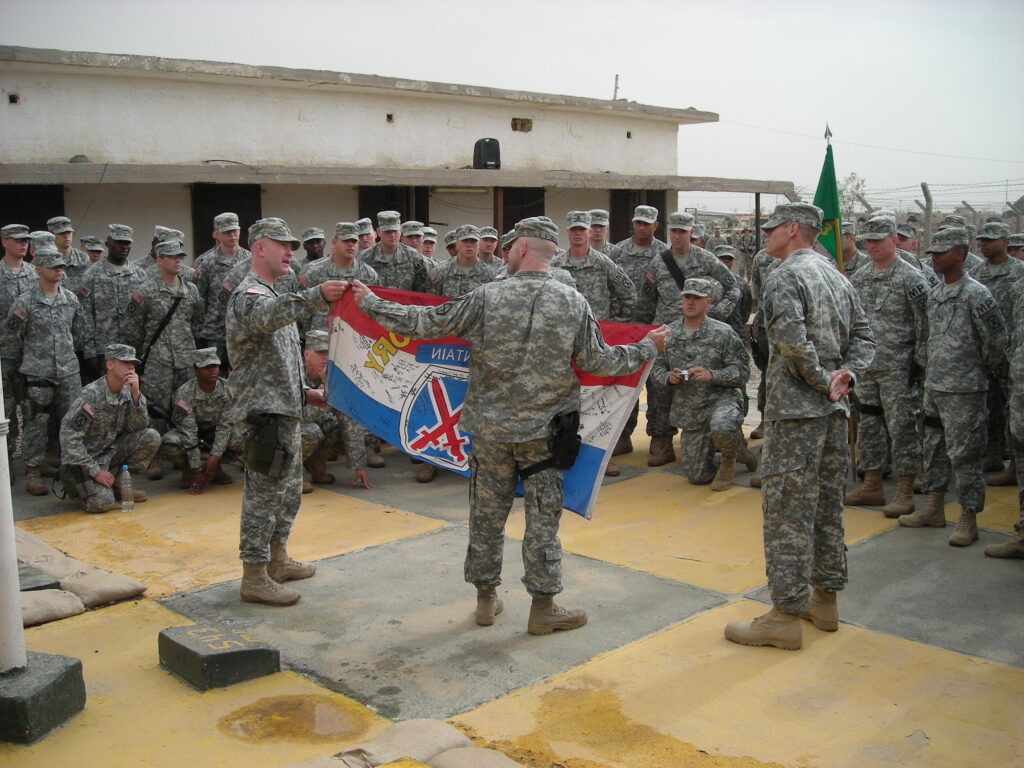While in my doctorate program, I have been working and learning a lot about leadership. However, after twenty-one years of military service and several military leadership courses, I thought I knew a lot about leadership already. However, I was wrong!
Leadership is a process of influencing others by providing purpose, direction, and motivation to accomplish the mission while improving the organization.
Essentially, I believe what is left out of the definition is building relationships. The ability to influence people is challenging; yet, we cannot overestimate the power of influence.
For instance, whether a leader is good or bad, the ability to influence others can come with the cost of a toxic environment, good or bad culture, mission failure or success, or maintaining positive or negative results.
As a First Sergeant in the U.S. Army, I had over 175 – 183 soldiers in my company.
I understood I would not influence 180 people to think positively about mission success or create an excellent culture.
Nevertheless, after receiving the command teams (that is, the commander and I) Command Climate Survey, I noticed that some soldiers liked me, some did not, and some really could care less.
However, I was not there to be liked — I wanted to be known as a fair and impartial leader at the end of the day. I wanted to help my leaders in the organization grow, and by assisting my young and senior leaders with their professional development, the company would get better. Overall, that’s want leadership should be about – helping others be better versions of themselves.
By supporting leaders to become better versions of themselves, I can teach my leaders how to avoid distractions, embrace failure and learn, stop pretending you know things you don’t know, and assist others in becoming better versions of themselves.
The notion that everyone will be onboard with personal and professional development is a daunting task.
Some people are just comfortable where they are, and they are not willing to put in the work to develop others around them. Yet, that is the whole goal, to set an environment in which everyone sees themselves as a leader; thus, the young leader is willing and able to direct their peers and followers into accomplishing a difficult task.
Leaders developing other Leaders
What about that concept of everyone in the organization seeing themselves as a leader?
Let’s look at a basketball team; who’s the team captain? Who is the leader of the team? Is it the team captain? We see five players on the court in which the leader may be the player with the ball at any given moment. If the player with the ball hits the game-winning shot or passes the ball to another player who hits the game-winning shot, we see a winning team. Or what about the player who stops the opposing team player from hitting the game-winning shot? Are they the leader?
Each player on the team sees themselves as a valuable asset. In other words, each player sees themselves as a follower and leader, willing to step up and lead at any given moment. Each individual understands that they are either a liability or an asset to the team.
Some people don’t understand that concept (i.e., liability or asset).
The liability or asset concept came to me a long time ago when I was a young 20-year-old team leader. Because, just like the basketball team analogy, working in a small team can and will put the spotlight on your weaknesses.
Whether you are a person in a leadership position or not, essentially, seeing yourself getting better takes work. By working on yourself and trying to become a better person, you will inspire others to be better, wherein this attitude becomes contagious.
Now, we have established a culture of people wanting to be better because I influence one person, that person influenced two other people, and so on.
In the end, we have a culture of leaders helping leaders, leaders serving leaders, and leaders growing future leaders.

